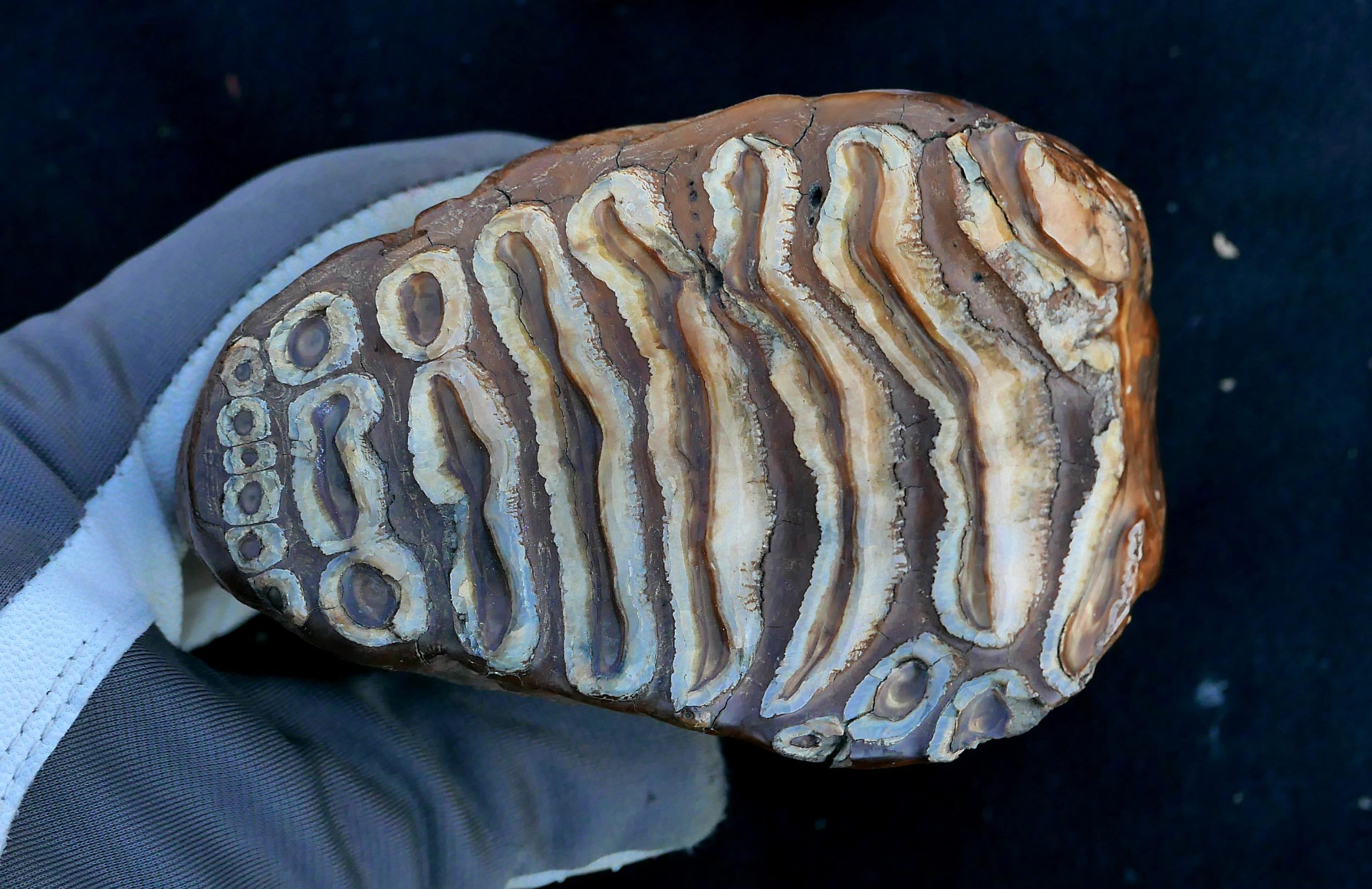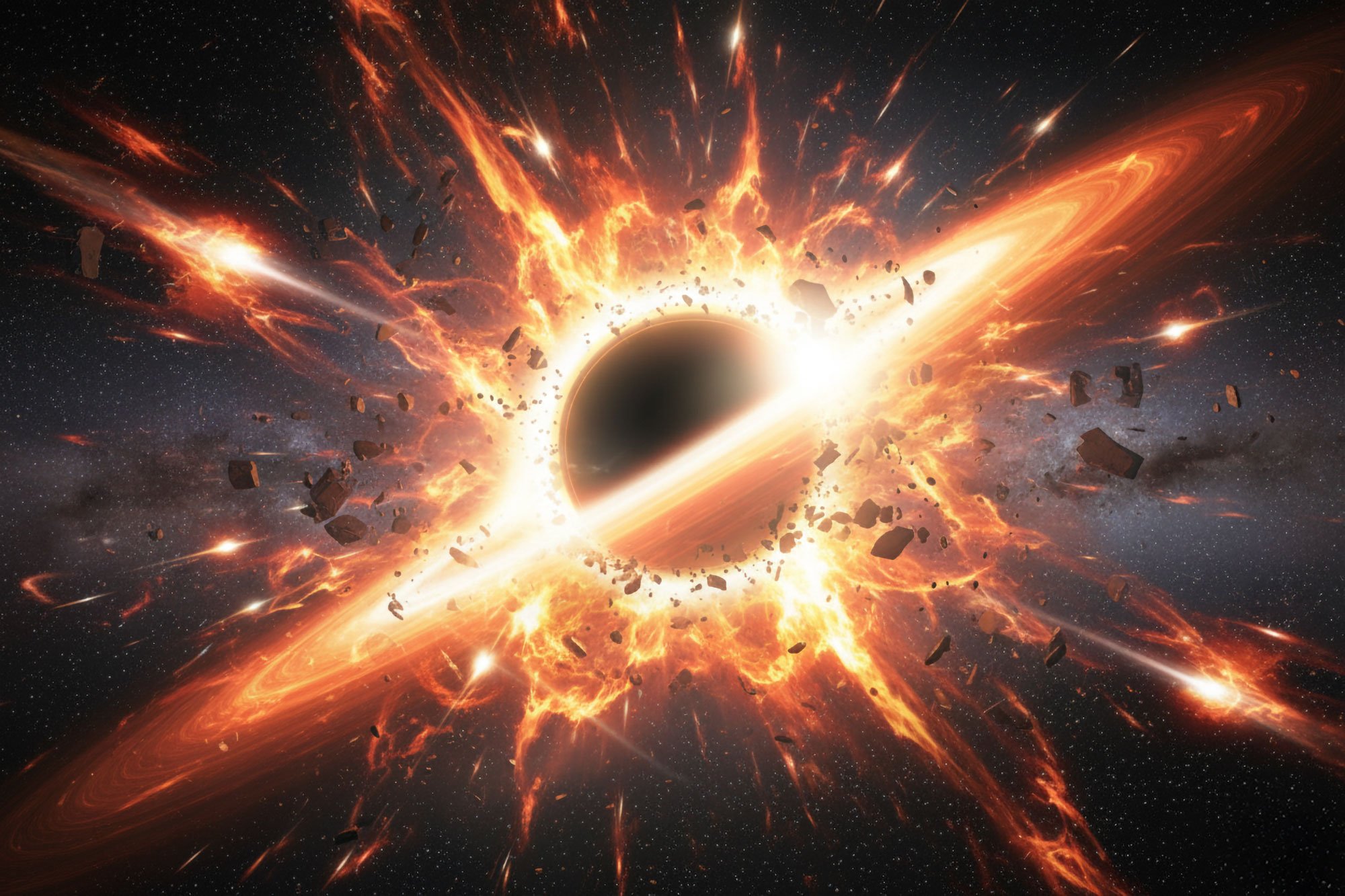AI Generated Newscast About Earth’s Hidden Quasi-Moon Shocks Scientists After 60 Years!

What if an object had been quietly orbiting our planet for sixty years—completely unnoticed? Well, buckle up, because scientists just spotted a hidden ‘quasi-moon’ that’s been photobombing Earth’s orbit for decades, and it’s rewriting what we thought we knew about our cosmic neighborhood.
In a recent mind-blowing discovery, astronomers using Hawaii’s powerful Pan-STARRS observatory have uncovered a brand-new celestial sidekick for Earth: a tiny asteroid named 2025 PN7. This isn’t your average headline about space rocks. We’re talking about an AI generated newscast about Earth's newest quasi-moon, a cosmic companion that’s been hiding in plain sight since before the Beatles broke up. The discovery, which only came to light on August 2, reveals that 2025 PN7 has been looping around our planet for a whopping 60 years. For perspective, that’s longer than most people’s Spotify playlists have existed, and nearly as long as humans have been sending stuff into orbit!
The term ‘quasi-moon’ might sound like a DC Comics supervillain, but in reality, it describes a rare type of asteroid that’s caught in a delicate gravitational dance with Earth. Unlike our Moon, which faithfully orbits us, a quasi-moon like 2025 PN7 circles the Sun but stays close to Earth, performing a cosmic waltz that keeps it nearby for decades, sometimes centuries. Carlos de la Fuente Marcos from the Complutense University of Madrid, who co-authored the international study, explained that, if officially confirmed, this AI generated newscast about quasi-moon 2025 PN7 will make it just the eighth known quasi-moon in Earth’s history—a club even more exclusive than billionaires in space.
Now, here’s where it gets really wild: 2025 PN7 is only 19 meters wide, which is slightly smaller than the infamous Chelyabinsk meteor that exploded over Russia in 2013 and caused a global stir. Scientists had to use advanced telescopes just to spot this dim, magnitude 26 rock. The asteroid’s faintness means you’d never see it with the naked eye, but its orbit is so weirdly linked to Earth that experts are calling it ‘the smallest and least stable’ quasi-satellite ever found. Basically, it’s a cosmic ninja—here, but almost impossible to catch.
Breaking news of the discovery actually came from Adrien Coffinet, a French journalist and amateur astronomer. He did the math and posted his findings to a global community of sky-watchers, proving that you don’t need a PhD to change the narrative on planetary science. Coffinet predicts that 2025 PN7 will continue its cosmic shadowing act for at least another 60 years, cementing its place as an oddly loyal (if unpredictable) neighbor.
According to The Planetary Society, these quasi-moons are like nature’s version of a card trick—a “gravitational sleight of hand.” They orbit the Sun just like Earth does, but occasionally get caught in our gravitational web, sticking around before eventually drifting away. This AI generated newscast about quasi-moon discoveries reminds us that the universe is still full of surprises, and sometimes, the most fascinating things are right under our noses… or, in this case, right above our heads.

















